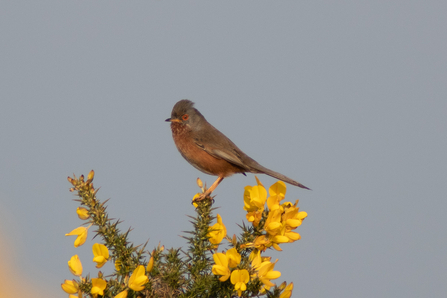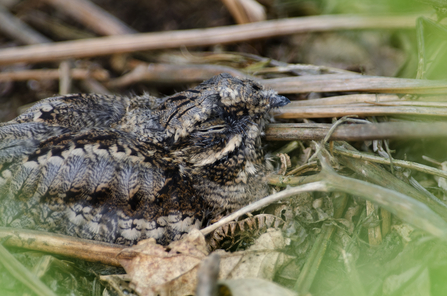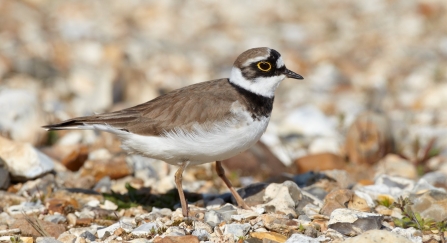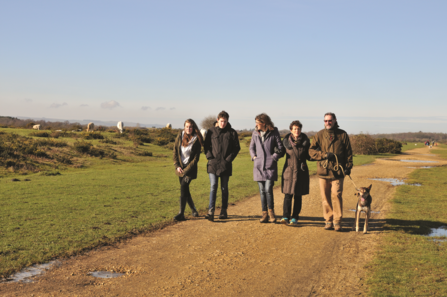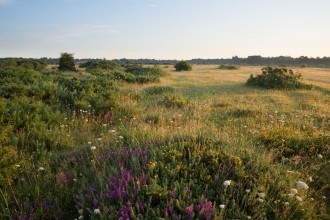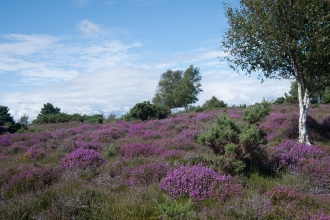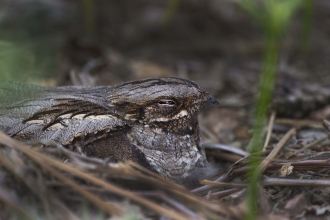Greenham and Crookham Commons is registered common land, providing open space for the public, land for grazing and exercising of commoners’ rights in addition to having significant cultural, historic and recreational value.
As well as being a Common, Greenham is one of Berkshire’s most important sites for wildlife, and a designated Site of Special Scientific Interest (SSSI).
Greenham Common’s importance for wildlife is due to the sheer size of the site combined with the variety of habitats found here. There are extensive areas of bare ground, heathland, grassland, scrub and woodland, which provide a unique range of habitats and homes for many nationally rare and endangered species.


